Top 10 smallest animals in the world

Biologists are very enthusiastic about finding the most interesting things on the planet. And when something is found, they are happy as children! Have you ever wondered which animals on Earth are considered the smallest?
It's hard to believe, but some of the animal species are just tiny. For example, on the Caribbean Islands, there is a snake that is only 10 cm long and fits easily in the palm of your hand.
Do you want to know what kind of creature on Earth is almost invisible to the human eye?
We present to you the 10 smallest animals in the world at present: a ranking of the inhabitants of our planet with photos and names.
1. Paedophryne (frog)
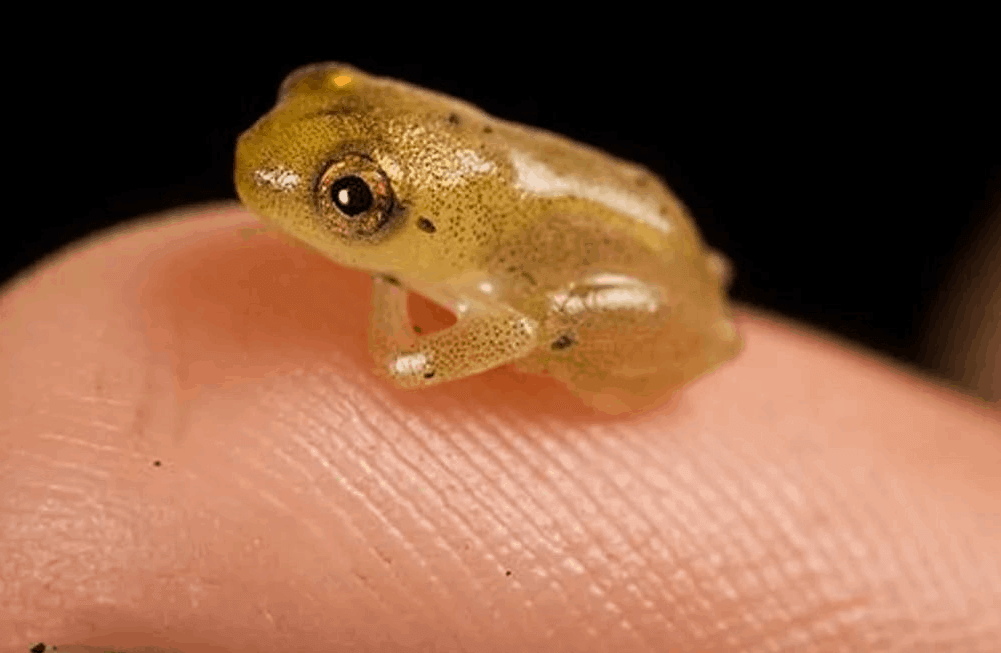
Adult length: 7.7 mm.
Our amazing selection is completed by Paedophryne, a frog that is smaller than a human fingernail.
This species was discovered quite accidentally by two researchers in 2009 thanks to microphones for recording sounds. The recordings repeated a signal with a frequency of about 9000 Hz, similar to the croaking of a frog.
The researchers began actively searching the vicinity of the village of Amau, interested in the sound, and how they must have been amazed! Only 4 species of Paedophryne have been found in nature, and all of them live in the territory of Papua New Guinea.
2. Paedocypris progenetica (fish)
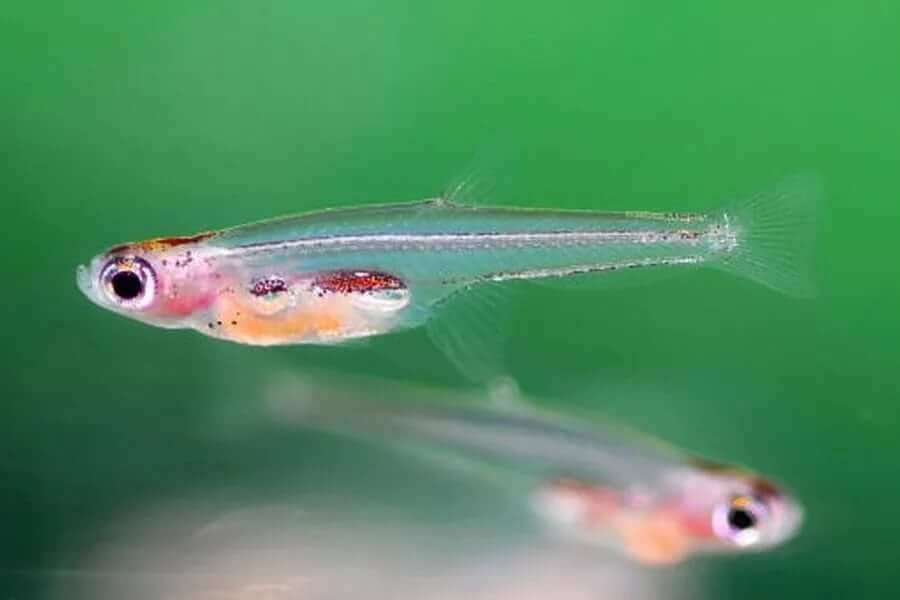
The length and weight of an adult: 7.9 mm, 4 g.
This baby looks like a fry. The fish almost completely lacks a skull, which is why it is in a vulnerable state. Paedocypris progenetica was discovered in 2006 in one of the marshes of Sumatra island by a team of scientists.
Before this amazing discovery, it was believed that various animals could not live in the waters of Indonesia. But after the scientists managed to make a discovery, biologists studied the area well, and as you can already guess, they discovered many new species of animals, as well as plants.
Interesting fact:
3. Brookesia minima (chameleon)
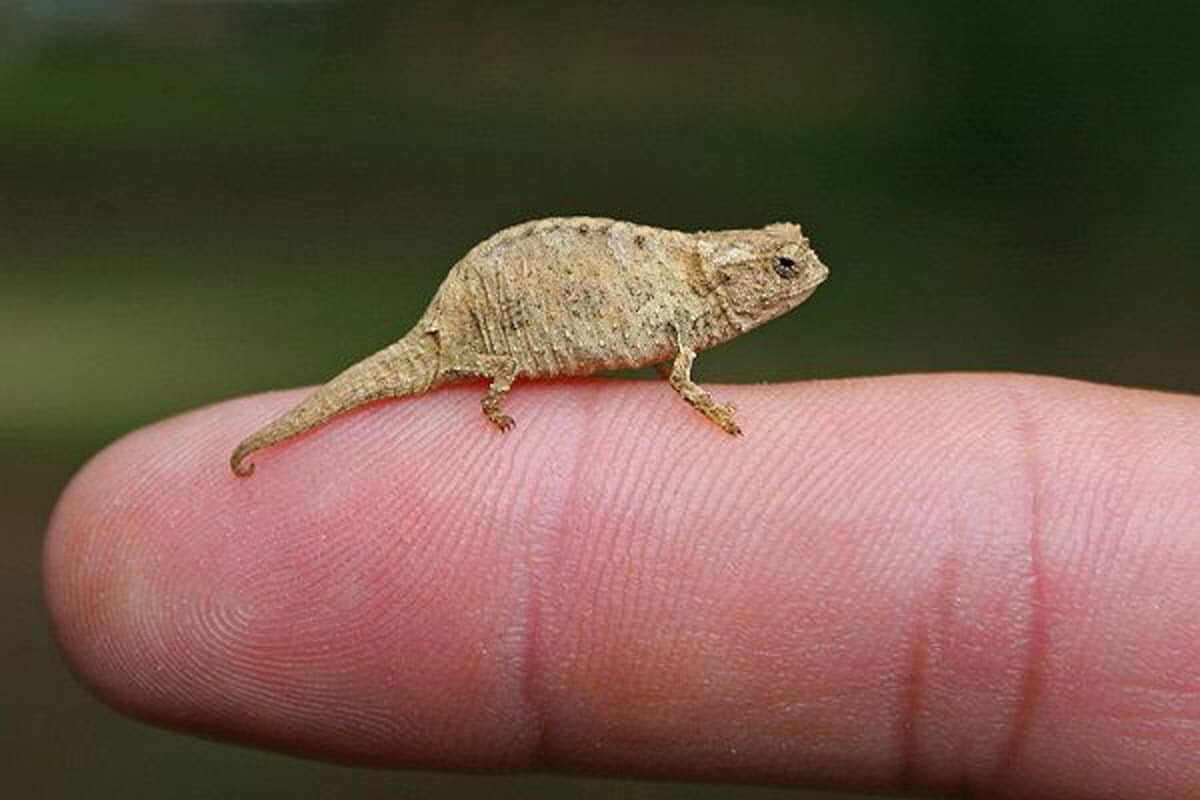
Adult length: 1 cm.
Nature never ceases to surprise us! Brookesia minima belong to the chameleon family and are the smallest species on the planet. All animals of this species live on the territory of the island of Madagascar, lead a hidden lifestyle. During the day, they prefer to hide in the forest floor, and at night they climb on trunks to sleep.
You can see this crumb only accidentally, because, like all chameleons, this species changes the color of the skin depending on the environment that surrounds it, in addition, it is unlikely to see the animal in its natural environment because it does not exceed 1 cm in length. Brookesia minima include 30 species.
4. Hippocampus Denise (seahorse)
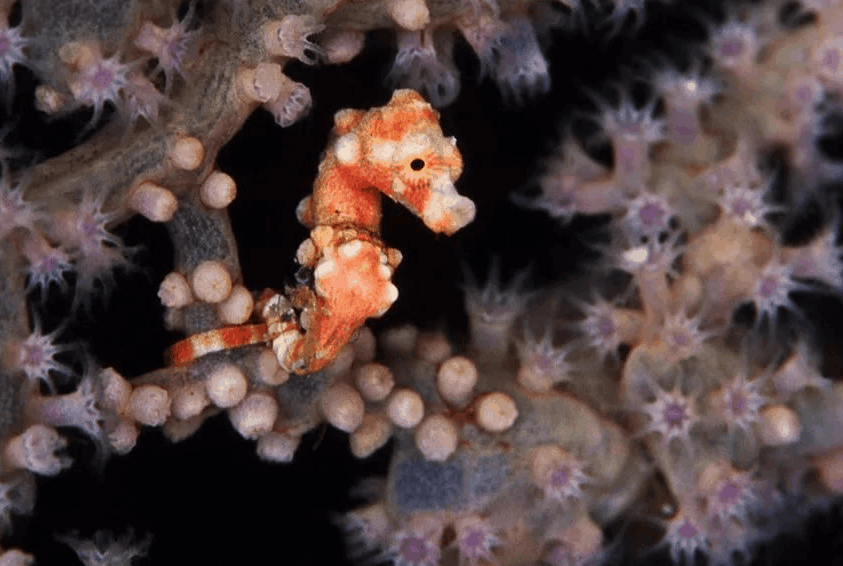
Adult length: 1 cm.
Perhaps you can't wait to learn more about this cute seahorse? Let's get started! The Hippocampus Denise lives in the sea depths and is the smallest among the other seahorses. Tiny creatures live alone or in small groups.
These animals are masters of camouflage, the yellowish-orange color allows them to easily merge with the twigs of coral, among the branches of which they live, and "hide".
The camouflage of Denis's horse was so effective that the animal was discovered only because it was in the laboratory along with its home - a sprig of gorgonia.
5. Sphaerodactylus ariasae (Gecko)
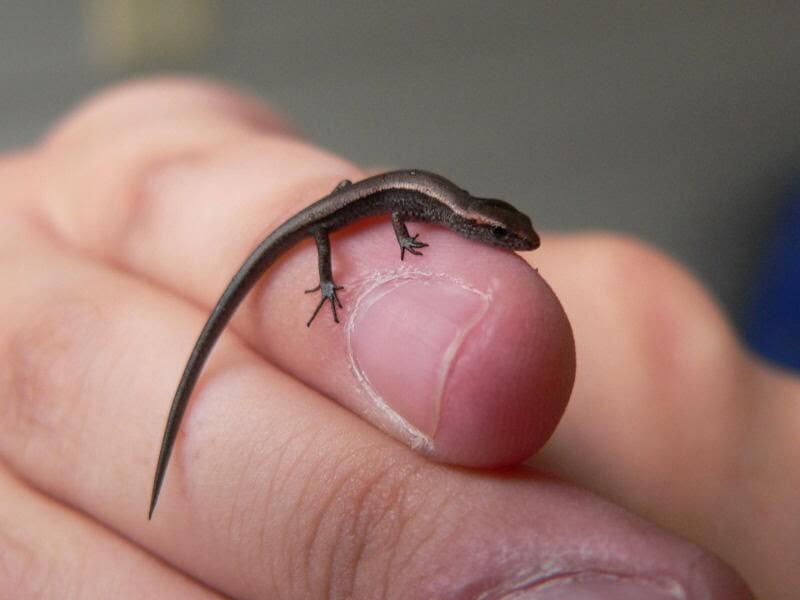
The length and weight of an adult: 1.6 cm, 0.2 g.
The dwarf Gecko is the smallest lizard in the world, which was discovered in 2001. You can only see it on the small island of Beata, not far from the coast of the Dominican Republic.
Sphaerodactylus ariasae translates as sphaero - round, dactylus - finger. The name is due to the fact that the phalanges of the lizard end in round suction pads. Unlike other genera of geckos, these babies have round pupils.
Keep such a cute crumb at home is allowed only for experienced terrariums because if it escapes, it will be almost impossible to find it.
6. Mellisuga helenae (Hummingbird)
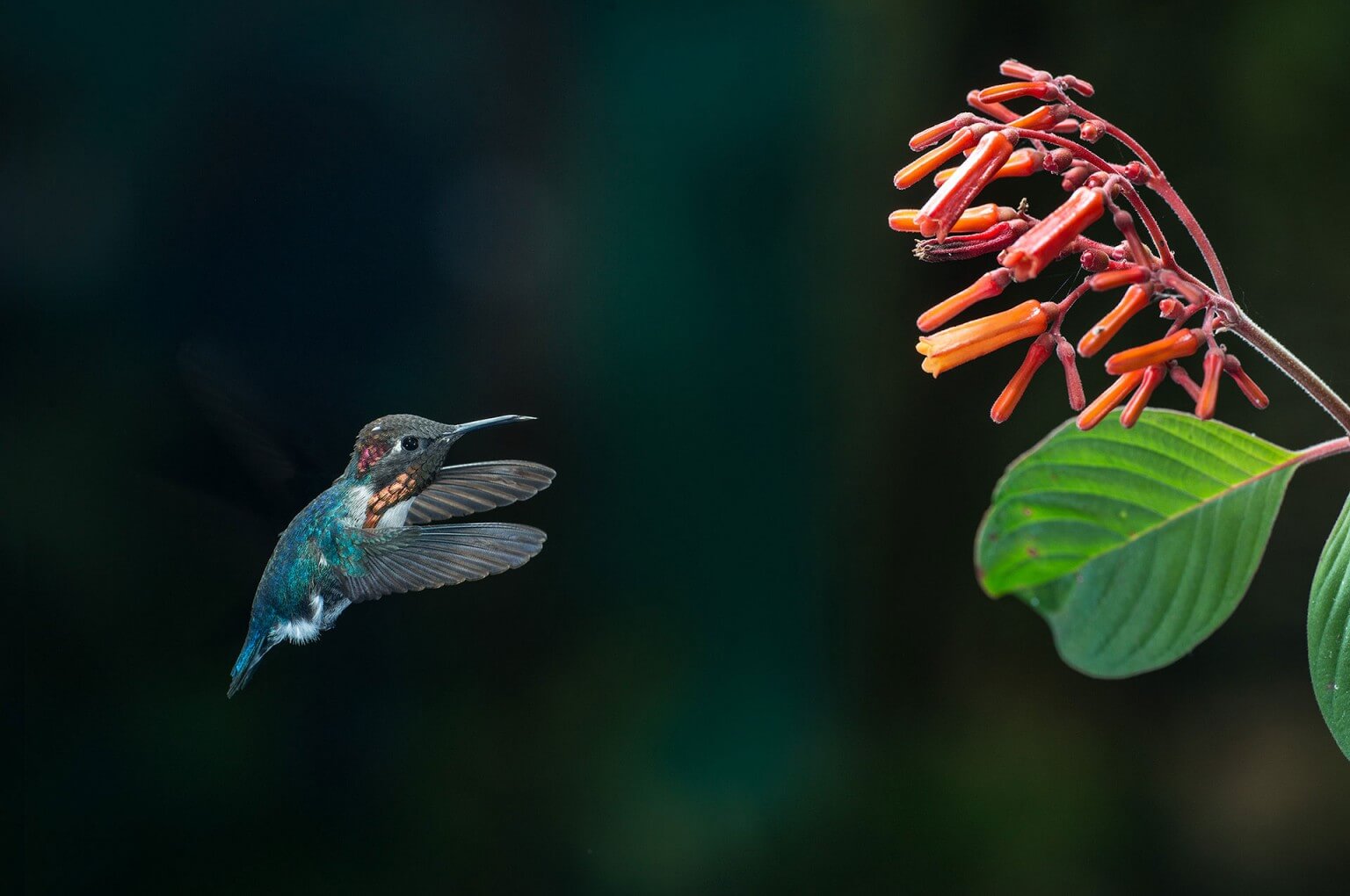
The length and weight of an adult: 6 cm, 2 g.
This unique tiny bird makes 90 flaps of its wings per second, hovering over tropical flowers to enjoy the nectar. This is hard to believe, but the heart of a Hummingbird makes from 300 to 500 beats per minute.
Mellisuga helenae was discovered in Cuba in 1844 by Juan Cristobal. Hummingbirds' legs are very small - they are large and do not need them, because most of their time they are in flight.
Hummingbirds are solitary in all aspects, except for the moment when it is necessary to take care of the reproduction of offspring. During the mating season, males attract females with their singing - females, in turn, listen to them and choose a mate for themselves.
7. Suncus Etruscans (shrew)
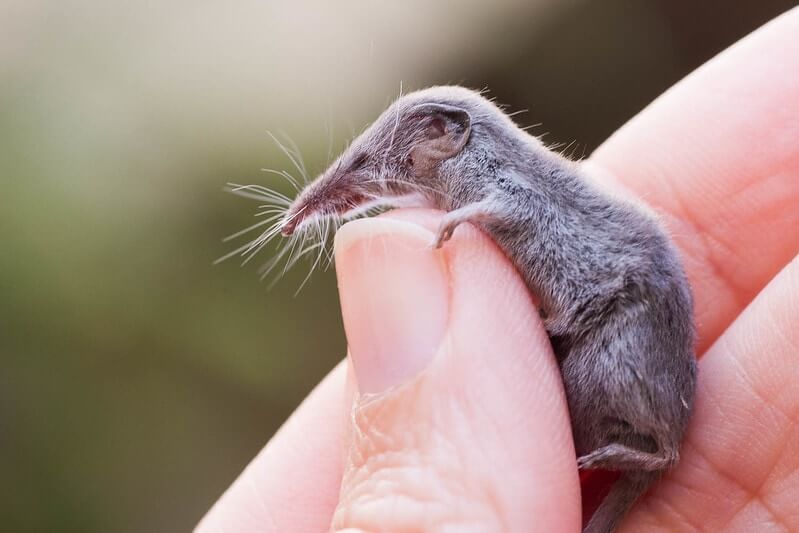
The length and weight of an adult: 3.4 cm, 1.7 g.
The smallest mammal Suncus Etruscans (otherwise "white tooth") resembles in appearance an ordinary shrew, but only in miniature size.
Despite its size, the shrew is a predator - it eats various insects, including pests, bringing great benefits to nature and humans. This miracle lives in Southern Europe, North Africa, in the territory of Southern China, etc.
The incredibly fast metabolism forces the shrew to consume twice as much food as its own weight, keeping its body temperature at the proper level. It's hard to imagine, but this baby's heart beats at a rate of 25 beats per second.
8. Tetracheilostoma carlae (a snake)
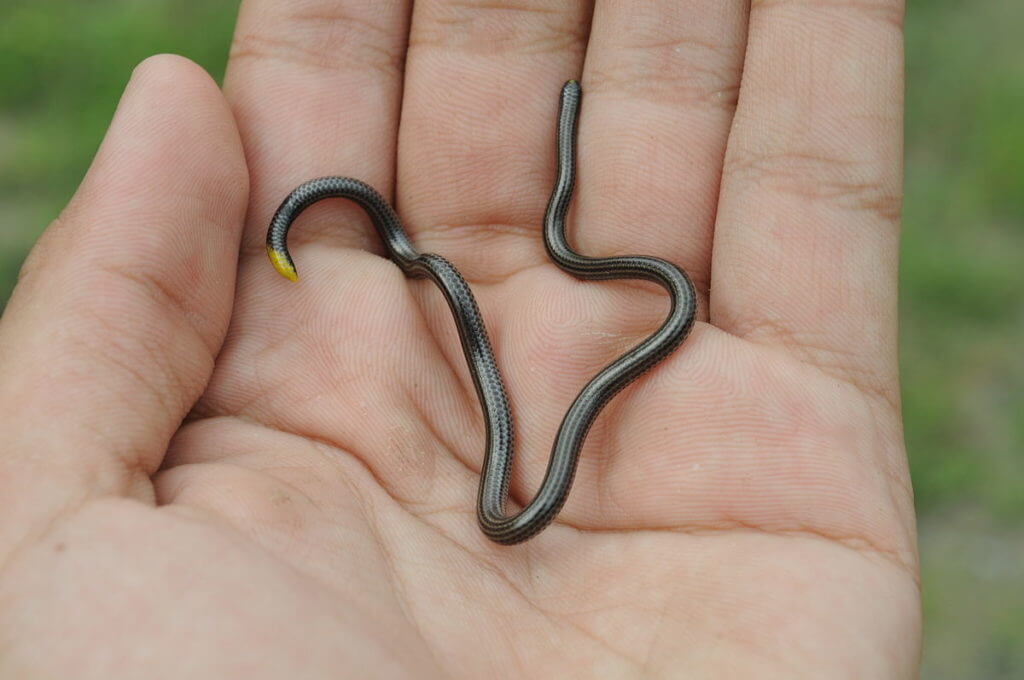
Body length and weight of an adult: 10 cm, 0.5 g.
Are you afraid of snakes? Look at this miracle - she certainly won't scare you! The smallest snake, Tetracheilostoma carlae was discovered in Barbados in 2008.
The baby prefers to hide away from everyone, choosing rocks and grass for its shelter, and the only place where it feels comfortable is the forests growing in the Eastern and Central parts of the island.
This type of snake lacks vision, and it feeds on ants and termites. Since deforestation occurs on the island, it can be assumed that the species is threatened with extinction. Tetracheilostoma carlae is not poisonous.
9. Craseonycteris thonglongyai (bat)
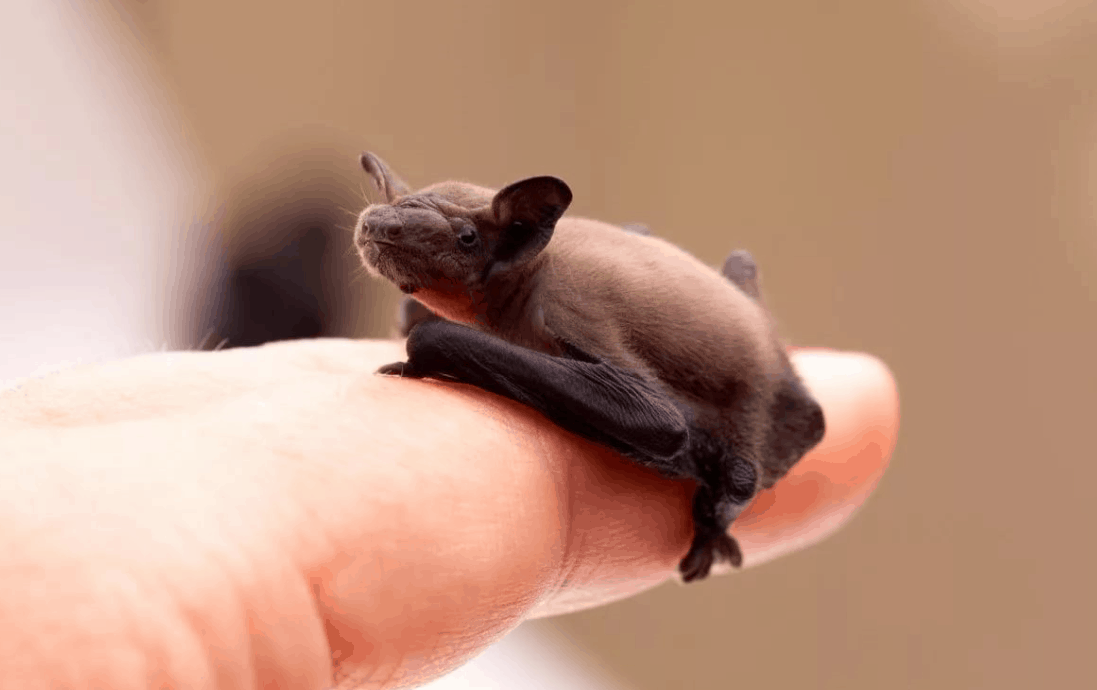
Body length and weight of an adult: 3 cm, 1.7 g.
Craseonycteris thonglongyai (also known as "pig" and "bumblebee") is not only the smallest animal in the world but also the smallest representative of the mammalian class.
The mouse got its name from its muzzle - it is flat and fleshy, reminiscent of a pig, and is located between very small eyes. Some members of the class seem to be real giants by comparison.
Distinctive features of such an unusual bat can be distinguished by wide and long wings, the loss of a tail, and an unusual muzzle. The color of the mouse on the back is reddish-brown, and lighter on the bottom. The diet of these crumbs includes insects.
Interesting fact:
10. Homopus signatus (turtle)
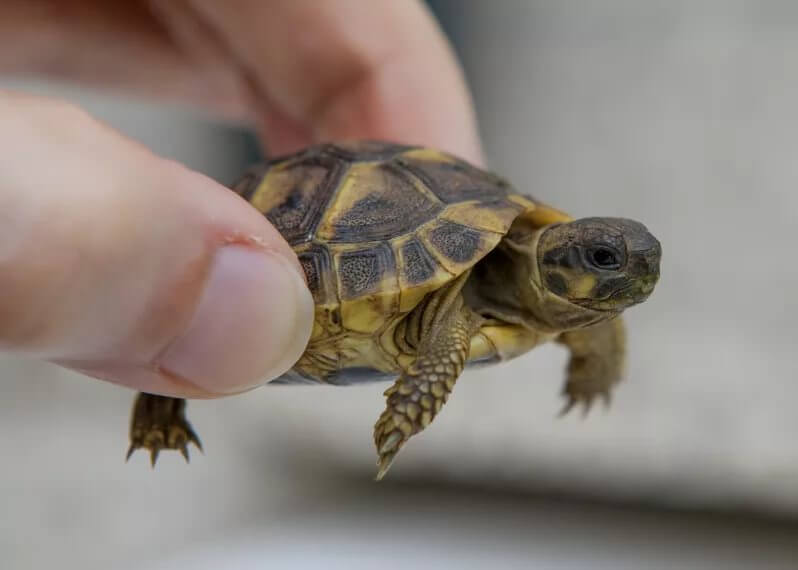
Body length and weight of an adult: 10-11 cm, 95-165 g.
The smallest turtle in the world is considered Homopus signatus, which lives in the south of the African continent. It feeds mainly on flowers, fewer leaves, and stems.
Like many representatives of the animal world, the turtle has developed sexual dimorphism - that is, the females are much larger than the males, in addition, their shell is wider and taller.
Carapace Homopus signatus light beige with small black specks. It lives in those places where it can easily hide: under stones or in narrow crevices, fleeing from predators - due to its tiny size, the turtle has no problems with this.





